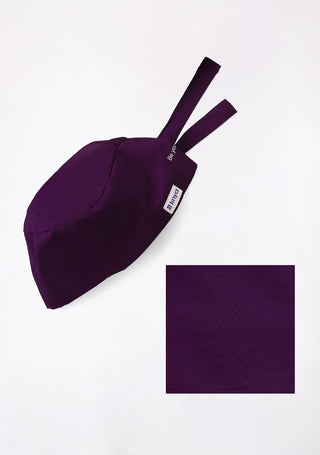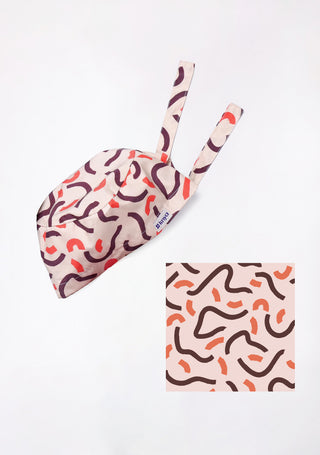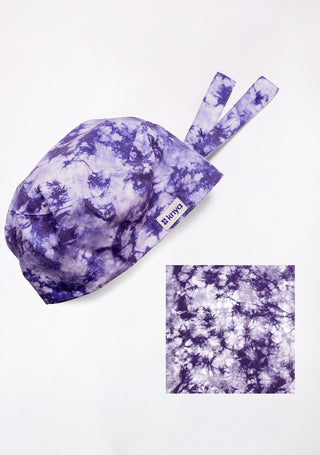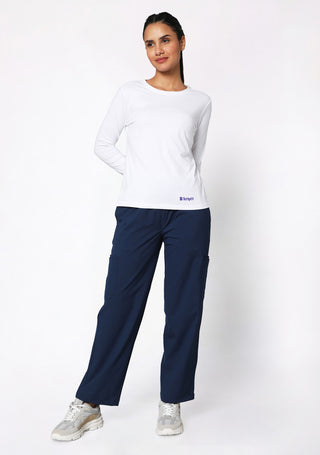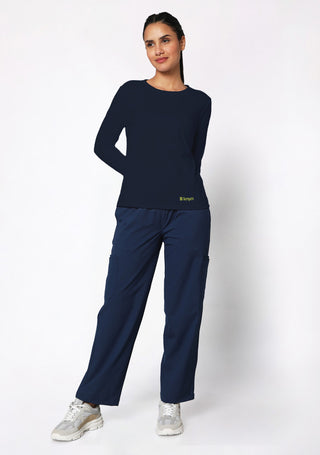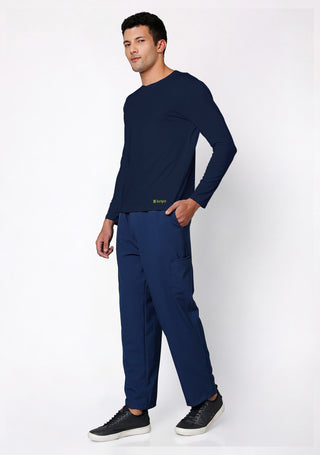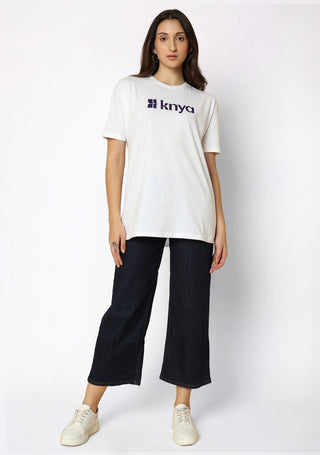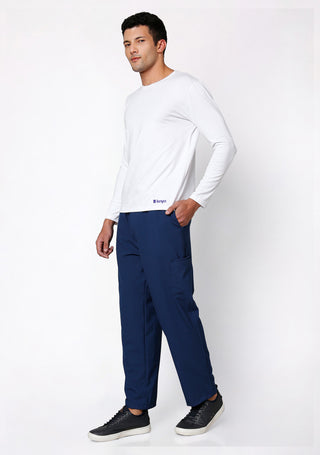Is it hard to balance hygiene, comfort, protection and personality in lab coats?? Not if you choose the right one.By considering fabric types, ensuring a proper fit, evaluating functional features and maintaining your coat appropriately, you can make a conscious choice that enhances your professional presence and supports your daily tasks.
Understanding the Importance of a Lab Coat
Some people still believe that lab coats are used just to convey about your role to others , But the real purpose of the coat are:
- Protection: They shield the wearer from spills, splashes, and exposure to hazardous substances, acting as a barrier between the body and potential contaminants
- Professionalism: A crisp, clean lab coat enhances the wearer’s professional appearance, creating an immediate sense of credibility and authority
- Convenience: Designed with multiple pockets, lab coats allow for easy storage of tools, notebooks, pens, or even small devices, facilitating hands-free operation
Key Factors to Consider When Choosing a Lab Coat
Fabric Selection
The material of your lab coat decides its comfort,its lasting power, and protective qualities. Your choice in material should also align with your work environment and personal comfort preferences.
Common fabric options include:
- Cotton: Soft and breathable, cotton is comfortable for long hours and easy to clean. However, it wrinkles easily and may not be as durable as synthetic blends.
- Polyester: Wrinkle-resistant and quick-drying, polyester offers durability but may lack breathability, potentially causing discomfort during extended wear.
Comfort meets style. Explore All Women's Scrubs and discover the perfect fit for your busy day.
- Cotton-Polyester Blends: Combining the best of both fabrics, these blends offer a balance of comfort, durability, and ease of maintenance.
- Specialty Fabrics: For specific environments, consider fabrics with flame-resistant or chemical-resistant properties. For instance, flame-resistant lab coats are essential when handling flammable chemicals .
Proper Fit
A well-fitting lab coat ensures ease of movement and maintains a professional appearance.Always keep in mind that your uniform shouldnt hindere your work.
Consider the following:
- Shoulder Width: The shoulder seams should align with your shoulders, possibly extending slightly to allow comfortable forward movement .
- Length: Lab coats come in various lengths short, knee-length, and full-length. Longer coats offer more protection, while shorter ones may be preferable for increased mobility.
- Sleeve Length: Sleeves should cover the wrists without hindering hand movements.
- Overall Fit: The coat should not be too tight to restrict movement or too loose to pose safety hazards.
Functional Features
You know your daily tasks well , you can select the features according to your needs.Functionality enhances the practicality of a lab coat. Look for features such as:
- Pockets: Multiple pockets, including chest and lower pockets, provide convenient storage for tools and personal items.
- Closures: Choose between buttoned or snap closures based on ease of use and personal preference.
- Cuffs: Knit cuffs can prevent sleeves from interfering with tasks and offer additional protection against spills.
- Ventilation: Back vents or mesh panels can improve airflow, enhancing comfort during long hours.
Personalization
It's always special if you buy something exclusively for yourself. The whole idea of personalization is that only. Adding embroidery or emblems to your uniform can offer a personal touch while maintaining professionalism. Ensure that any customization complies with your facility's guideline.
Discover the best lab coat designed for comfort and protection. Shop from here

